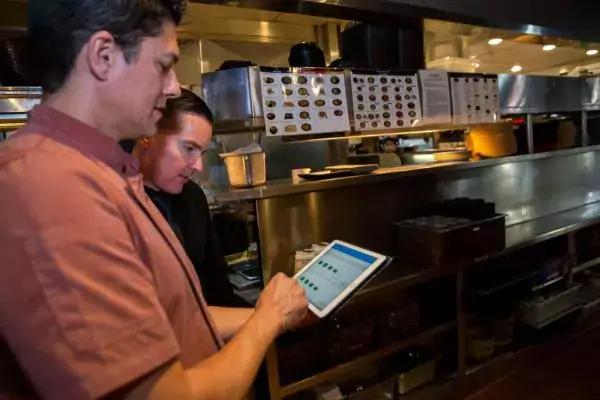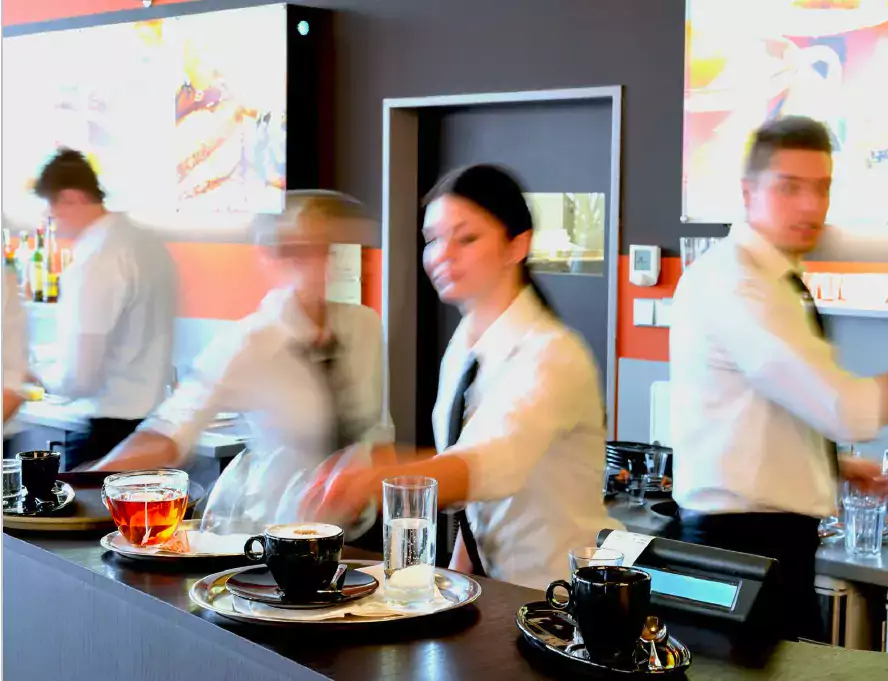Convenience stores operate in a highly competitive environment that shows no sign of easing up or slowing down.
Traditionally, motor fuel is what set convenience stores apart. However, the channel is seeing more competition in this category as well. A growing number of Walmart Supercenters and wholesale clubs, such as BJ’s and Costco, are selling fuel. Meanwhile, Americans are driving fewer miles and vehicle fuel efficiency is improving every year.
Oil prices declined sharply in 2014 resulting in the lowest gas prices in five years, but experts believe that gas sales will remain flat in the long run.
Convenience stores can make up for lost profit by selling high-margin products, such as foodservice items.
More c-store chains, led by retail innovators like Sheetz, QuikTrip and Rutter’s Farm Stores, are tweaking their business model to fill this niche role of “convenience restaurants.”
Let’s explore this overarching theme by looking at five foodservice and snacking trends for 2015.
1. Healthy food with flair
There’s a reason why Chipotle is crushing McDonald’s. The fast-food giant announced recently that it will cut menu items and use fewer ingredients to improve its service speed and make its menu more customizable.
Following these trends in the foodservice industry, c-stores will continue their menu innovations by offering fresh ingredients, new flavors and options that can be prepared quickly.
2. Breakfast
Look for more c-stores to capitalize on grab-and-go breakfast options – the quick-service daypart that was once monopolized by McDonald’s. Take, for instance, 7-Eleven’s Egg White breakfast sandwich introduced in early 2014.
According to flavor experts FONA International, c-stores are the only segment to see a “significant increase in [breakfast] patronage over the past few years, likely driven by coffee purchases.”
3. Snacking
There is now a “snacking culture” in the U.S., according to findings from Mintel. So many busy, working Americans simply don’t have the time to sit down for a full lunch.
C-stores are capitalizing on this trend by offering fresher and portable snacks that give consumers a boost of energy. Dashboard dining is moving away from greasy, fried foods, to fresh fruit and vegetables, as well as sources of protein.
By dallashangerphoto, via Flickr
4. Beverages
Dunkin’ Donuts and Starbucks set a lofty standard for iced and frozen coffee beverages. That high bar also carries a high price. There’s an opportunity for c-stores to offer quality beverages at better pricepoints -- a trend that’s currently underway.
The same emphasis on quality applies to cold-dispensed beverages. Wawa recently announced its plans to become the first national retailer in the convenience channel to offer the Coca-Cola Freestyle chainwide by May 2015.
5. Combos
“Buy a breakfast sandwich and get a discounted coffee” or “get a free beverage when you try a new sandwich.” Discount promotions are a growing trend and a great way to entice customers to try new products.
A champion of this tactic is Salt Lake City-based Maverik. Take, for instance, the first two deals advertised on the chain’s website. Customers can buy a quesadilla and 16-ounce energy beverage for just $4, or a burrito and large fountain beverage for $3.
Quality Control
All of these trends in foodservice and snacking have something in common: an emphasis on raising quality and offering more for less – or at the very least, for a fair price.
With the call for better quality comes a call for consistency across your franchise. Your branded promotions will only be as successful as your retail execution.
- How can you tell if all of your stores are optimizing a promotion and carrying the right marketing materials?
- How can you tell if the quality of your food and snacks is consistent at various locations?
You’ll only know this information through your own real-time data collection. Learn how to use mobile to improve store quality. Then, communicate your findings with your team and vendors. Consumer preferences are always changing. Make sure your retail operation has the tools necessary to keep up with demand.
Subscribe to our blog
You are now subscribed!


